3 lesser-known online privacy tools you should start using


ExpressVPN recently surveyed 3,000 users and non-users of VPN tools in France, the United Kingdom, and the United States. Online privacy topics are high on the list of concerns, and respondents generally take their online privacy seriously, about three quarters want to do more.
On average, users have three privacy tools installed on their devices, and to no surprise, free tools are preferred. Most popular are tools such as firewalls, anti-spam filters, and anti-virus software. Interestingly, privacy awareness does not always equal usage. Where about 71% of all respondents know about firewalls, the percentage of people using them is likely much more massive, given that routers typically act as firewalls as well.
The good news is that there are plenty of other tools out there. And most of these tools are free to use, easy to install and configure, and provide instant benefits.
1. The Tor Network
The Onion Router (Tor) or Tor Network is known to only 10% of survey respondents. The network allows participants to route encrypted data so that neither sender nor receiver learns the identity of the other. That enables users to browse the web anonymously, but it also allows website operators to run hidden services that can’t be easily censored or tracked.
Tor Browser
The Tor Browser is free, and you can get it here. It is built on Firefox and looks similar but behaves slightly differently. All data is routed through the Onion Network, and you can use it to navigate to hidden services or onion sites, meaning web addresses that end in .onion.
As all your traffic is routed through the Tor Network, browsing the web with the Tor Browser may sometimes appear slow. If you aren’t willing to trade off all your convenience for privacy, you can choose to run a VPN and use your regular browser and Tor side by side.
OnionShare
You can also use the Tor Network to share files between your friends and yourself, peer-to-peer, without a trusted intermediary. This can be great to pass on sensitive documents without the need for the likes of Dropbox or Google Drive. To receive your files, your friends only need the Tor Browser; there is no need to sign up and supply identifying information. There are no file limits, although due to the Onion Network’s speed, this is not recommended for very large files.
Tor Socks Proxy
You can route all sorts of HTTP traffic through the Tor Network. In this demo, we set up a Bitcoin node, Lightning Wallet, and a simple web site all through the Tor Network.
2. Privacy-focused browser plug-ins
Less than half of those surveyed are aware of using tools to block trackers and cookies. These three tools are our favorite, and you can use them all at the same time.
Ublock Origin
Ublock Origin is primarily used as a free ad blocker, but it also blocks the trackers that come with the ads. You can install Ublock Origin as an add-on to your browser, and no further configuration is necessary.
Privacy Badger
The Privacy Badger by EFF is a tool that can easily inspect which domains you connect to when you visit a website. You can then decide which connections you want to allow, or which connections you don’t want to enable cookies. When used correctly, the Privacy Badger is a powerful tool, but it does require a bit of configuration, and when being too eager to block connections, sites may break or change their behavior.
Canvas Defender
Browser Fingerprinting is still a relatively novel and poorly explored way of tracking you online, but you can already take some action by installing a tool like Canvas Defender.
3. Account breach monitoring software
If you live in the United States or a place that uses similar systems to assess creditworthiness, you might be advised to sign up for a service that detects if your identity is stolen. To learn when an account, email, or password you use is breached, use a service like Have I Been Pwned. In such an event, be more alert about phishing than usual and change your passwords, ideally using a password manager and two-factor authentication.
There is a large variety of online privacy tools out there, many of which are free and effective.
Take the first step to protect yourself online. Try ExpressVPN risk-free.
Get ExpressVPN
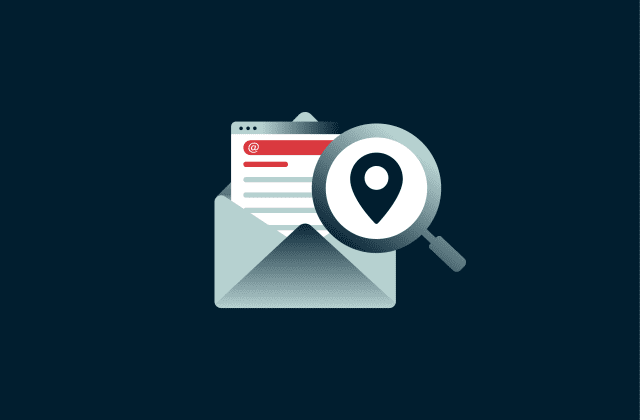

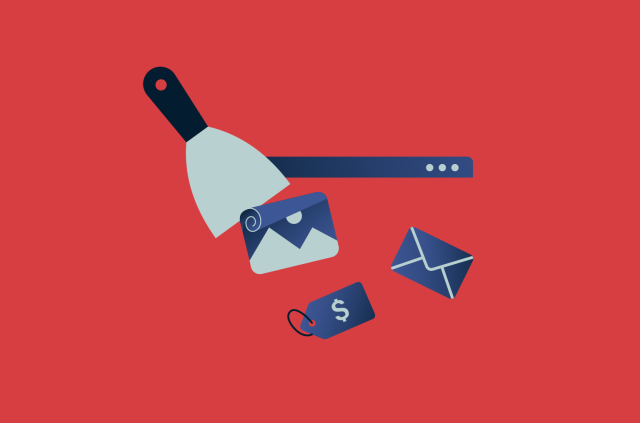

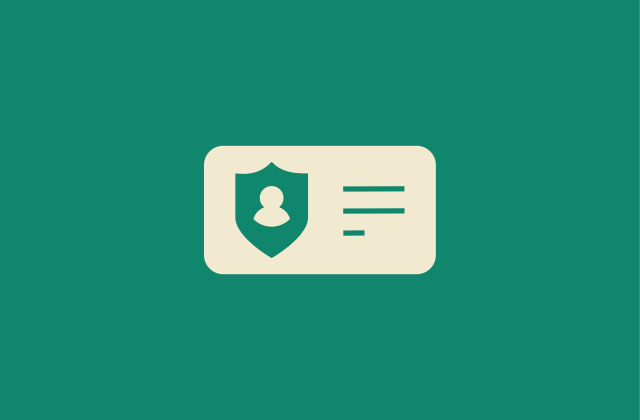





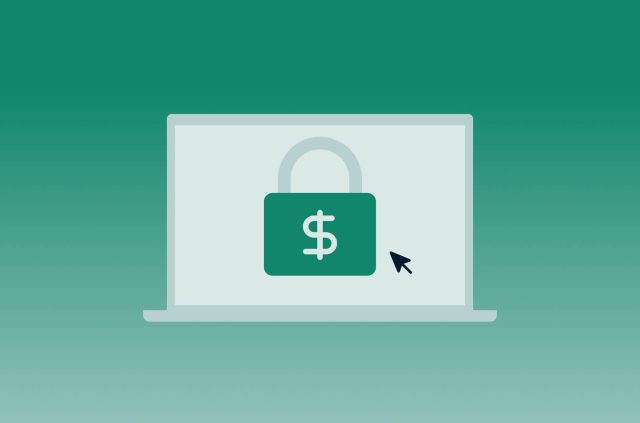
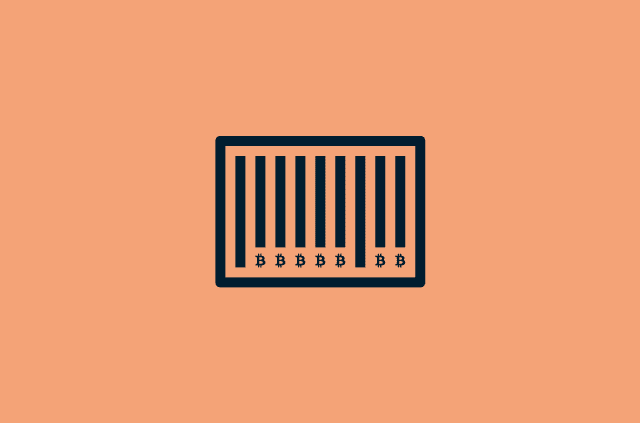






Comments
happy year of the sheep
I tried Express VPN to connect to BBC iPlayer with the TOR Browser, it did not connect. I am OK connecting every day to iPlayer with Google or Firefox, although several reconnects are required. This may be due to the weird communications regulations in Australia. Thank you for your advice, JohnD
How does the DuckDuckGo plug-in compare to the ones mentioned here?
Como entrar ?
Hi Lexie. You might also consider ManyMe.com, an email forwarding service that makes it super simple to use substitute email identities for greater privacy, security and inbox control. I use ManyMe for all of my impersonal registrations, and even in conversation or when filling out forms -- this enables me to save my personal address for people I trust.
I can also offer to check u.is which was created in order to provide full anonymity online. It's hard to stay anonymous in a usual web, so why not to create a separate one where you can add whatever you want and no one will find you. The main advantage is that it's impossible to hack an account as it can be accessed oly from the place of creation. So it's a new free zone.